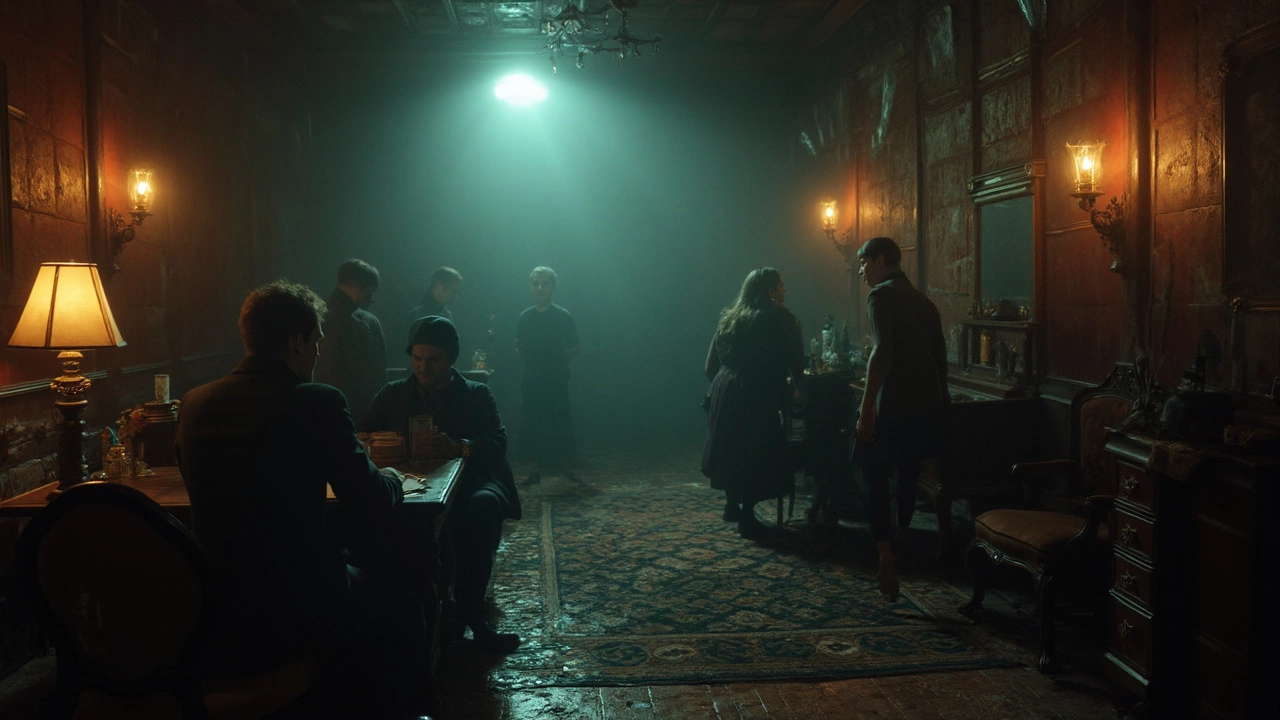Surveillance Basics: What’s New and What Matters Most
Ever wonder why every shop, street, and even some homes now have cameras everywhere? The short answer is safety – but the long answer is that technology has gotten a lot cheaper and smarter. In 2025 you can set up a whole monitoring system with your phone, and the footage is often stored in the cloud instead of a bulky hard drive.
That sounds cool until you start worrying about who’s watching you. The good news? You don’t have to pick between protection and privacy. By understanding a few simple concepts you can enjoy the benefits of modern surveillance without feeling like you’re living in a reality TV show.
How Modern Surveillance Works
Today’s cameras are more than just a lens. Most of them have built‑in motion detection, night vision, and even facial‑recognition software that can send you an alert when a familiar face appears. The video is usually uploaded to a cloud service as soon as it’s recorded, so you can check it from anywhere – even if the camera is stolen.
Installation has also become a DIY job. A typical kit includes a Wi‑Fi router, a few plug‑and‑play cameras, and an app that guides you through placement. You don’t need an electrician; just mount the camera where you want a view, connect it to power, and follow the on‑screen steps.
Because the data lives online, you pay a monthly fee for storage. Prices range from a few pounds a month for basic plans to higher tiers that keep footage for a year and add AI features. If you’re on a tight budget, most services let you keep the most recent 24‑hour loop for free.
Balancing Safety and Privacy
Here’s the practical part: keep your cameras where they protect you, not where they spy on neighbors. Put them at entry points – front door, back door, garage – and avoid pointing them directly at a neighbor’s garden or a public sidewalk unless local laws say it’s okay.
Most cameras let you set zones. That means you can tell the system to ignore motion in the street but alert you when someone steps onto your porch. Use those settings to cut down false alarms and respect other people’s space.
When you choose a cloud provider, read the privacy policy. Look for statements about data encryption, who can access the footage, and whether the company shares data with third parties. Some services even let you store video locally on a micro‑SD card as a backup, which adds an extra layer of control.
Finally, change default passwords as soon as you install the system. A strong, unique password stops hackers from grabbing your feed. Turn on two‑factor authentication if the app offers it – it’s a tiny step that blocks a lot of unwanted access.
Surveillance doesn’t have to be scary. With a few smart choices you get peace of mind, keep your property safe, and stay in control of your own footage. Start small, test the settings, and you’ll see how easy it is to protect what matters most without feeling watched.
